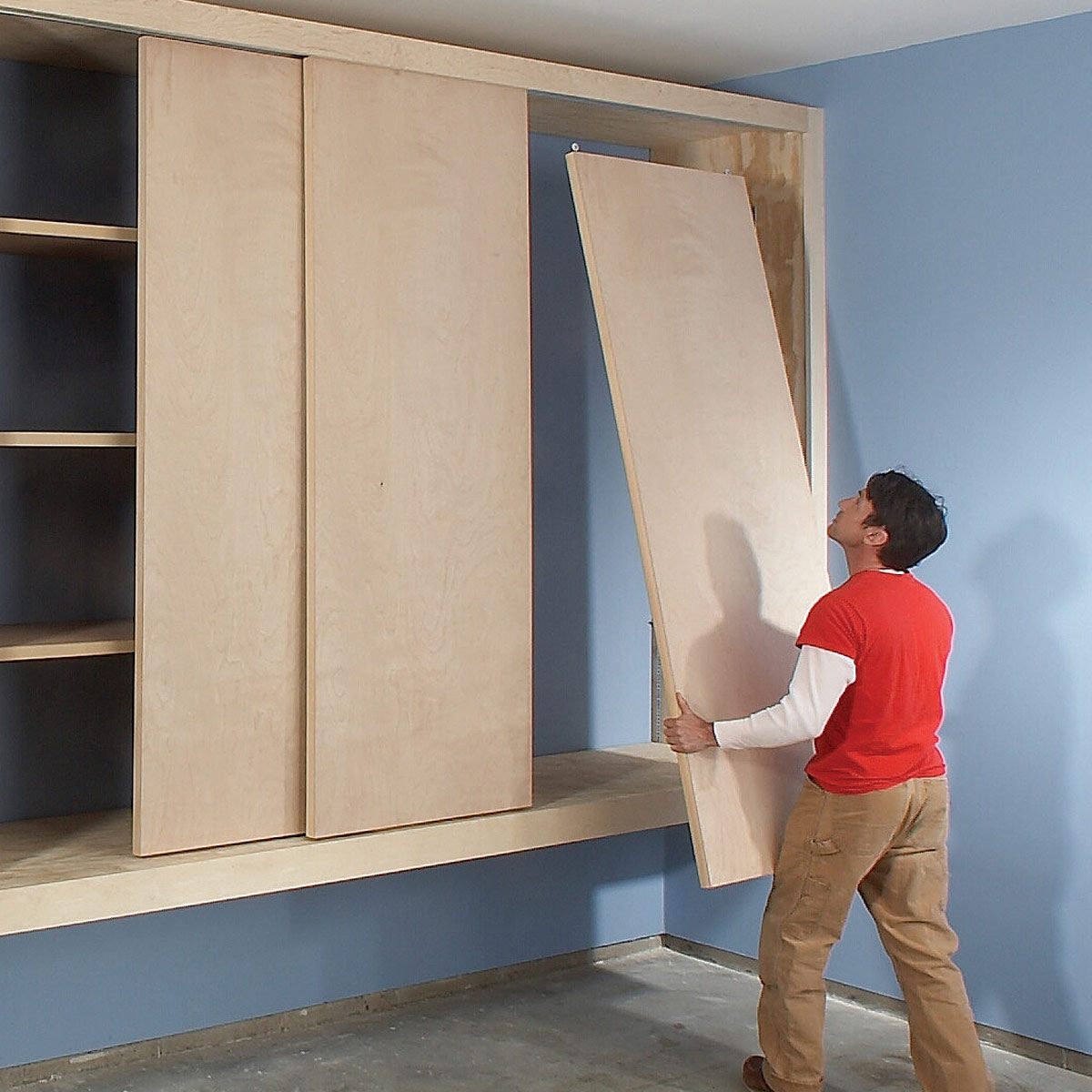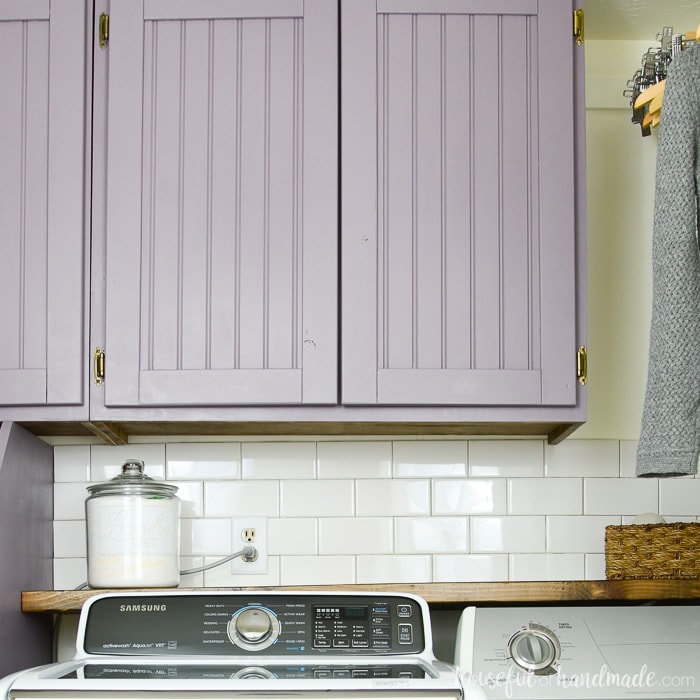Choosing the Right Materials for Easy DIY Cabinet Doors

Creating custom cabinet doors can be a rewarding DIY project, but choosing the right materials is crucial for achieving both a beautiful and functional outcome. The material you select will significantly impact the final appearance, durability, and ease of working with your cabinet doors.
Comparing Cabinet Door Materials
The most common materials used for cabinet doors are plywood, MDF, and solid wood. Each material has its own set of pros and cons that should be considered based on your budget, desired aesthetic, and intended use of the cabinets.
Plywood
Plywood is a versatile and cost-effective option for cabinet doors. It’s made by layering thin sheets of wood veneer with alternating grain directions, resulting in a strong and stable material.
- Pros:
- Relatively affordable compared to solid wood.
- Strong and stable, making it ideal for larger doors.
- Available in various thicknesses and finishes, offering flexibility in design.
- Easy to work with using standard woodworking tools.
- Cons:
- May have visible layers, especially in lighter finishes.
- Not as moisture-resistant as solid wood.
- Can be susceptible to warping if not properly sealed.
MDF (Medium-Density Fiberboard)
MDF is a engineered wood product made from wood fibers that are bonded together with resin. It offers a smooth, consistent surface and is often used for cabinet doors that require a painted finish.
- Pros:
- Very smooth and consistent surface, ideal for painting.
- Relatively inexpensive.
- Easy to cut and shape using standard woodworking tools.
- Cons:
- Not as strong as plywood or solid wood.
- Can be susceptible to moisture damage.
- Difficult to repair if damaged.
Solid Wood
Solid wood is the most traditional and often considered the most luxurious option for cabinet doors. It offers natural beauty, durability, and longevity.
- Pros:
- Beautiful natural grain and color variations.
- Durable and long-lasting.
- Can be refinished multiple times.
- Offers a high-end aesthetic.
- Cons:
- Most expensive option.
- Requires more specialized woodworking skills.
- Susceptible to moisture damage and warping.
Choosing the Right Thickness, Easy diy cabinet doors
The thickness of the cabinet door material is important for both structural integrity and aesthetics.
- Thin materials (1/4″ to 1/2″): These are suitable for smaller doors and light-duty cabinets, like those in a bathroom or bedroom. They are easier to work with but may not be as durable for heavy use.
- Medium materials (3/4″ to 1″): These are the most common thicknesses for cabinet doors and offer a good balance of strength and ease of working with. They are suitable for most kitchen cabinets and other areas with moderate use.
- Thick materials (1 1/4″ or more): These are often used for large, heavy doors, such as those found in pantries or utility rooms. They provide the most durability and stability but can be more challenging to work with.
Choosing the Right Type of Wood
If you choose solid wood, the type of wood will affect the final appearance, durability, and cost of your cabinet doors.
- Softwoods (pine, fir, cedar): These are relatively inexpensive, easy to work with, and offer a light, rustic aesthetic. However, they are softer and more prone to scratches and dents.
- Hardwoods (oak, maple, cherry): These are more expensive but also more durable, scratch-resistant, and offer a rich, elegant look. They are suitable for high-traffic areas and heavy use.
- Exotic woods (walnut, mahogany, teak): These are the most expensive option and offer unique grain patterns and colors. They are very durable and often used for high-end cabinetry.
Designing and Measuring for Cabinet Doors

Designing and measuring for new cabinet doors is a crucial step in any DIY cabinet project. Accurate measurements ensure a perfect fit and a professional finish. This section will guide you through the process of measuring your existing cabinets and calculating the necessary dimensions for your new doors.
Measuring Existing Cabinet Openings
Accurate measurements are the foundation of successful DIY cabinet doors. It’s essential to measure the existing cabinet openings precisely to ensure the new doors fit seamlessly.
Before you begin, gather your measuring tools:
- Measuring tape
- Level
- Pencil
- Notepad
Follow these steps to measure the cabinet openings:
- Clear the Area: Remove any obstacles in front of the cabinet, ensuring you have ample space to work.
- Measure the Width: Place the measuring tape at the inside edge of one side of the cabinet opening and extend it to the inside edge of the opposite side. Measure at the top, middle, and bottom of the opening, recording each measurement separately.
- Measure the Height: Place the measuring tape at the top edge of the cabinet opening and extend it to the bottom edge. Measure at the left, middle, and right of the opening, recording each measurement separately.
- Check for Squareness: Use a level to ensure the cabinet opening is square. If not, adjust your measurements accordingly.
Calculating Door Dimensions
Once you have the accurate measurements of the cabinet openings, you can calculate the necessary dimensions for the new doors. Here’s a table to help you with the calculations:
| Measurement | Description | Calculation |
|---|---|---|
| Width | The width of the door | Cabinet opening width – (hinge allowance + frame allowance) |
| Height | The height of the door | Cabinet opening height – (hinge allowance + frame allowance) |
Important Notes:
- Hinge Allowance: This accounts for the space occupied by the hinges. The allowance depends on the type of hinges used. For standard hinges, a 1/2-inch allowance is generally sufficient.
- Frame Allowance: This accounts for the thickness of the door frame. The allowance will depend on the type of frame you choose. For a standard frame, a 1/2-inch allowance is typically adequate.
Example: If your cabinet opening measures 30 inches wide and you are using standard hinges and a frame, the door width would be calculated as follows: 30 inches – (1/2 inch + 1/2 inch) = 29 inches.
Simple Techniques for Creating Cabinet Doors

Creating custom cabinet doors is a rewarding DIY project that can add a personalized touch to your kitchen, bathroom, or any other room. You can choose from various techniques to construct your cabinet doors, each with its own set of advantages and considerations. This section will explore three simple and effective methods for crafting cabinet doors, suitable for beginners and seasoned DIYers alike.
Basic Frame and Panel Construction
This classic method involves building a sturdy frame around a center panel, creating a robust and aesthetically pleasing door. The frame provides structural support, while the panel adds visual interest and can be customized with various materials and finishes.
Key Steps:
- Cut the frame pieces to size, ensuring precise measurements for a perfect fit.
- Join the frame pieces using mortise and tenon joints, pocket holes, or simple butt joints reinforced with glue and screws.
- Select a panel material, such as plywood, MDF, or solid wood, and cut it to fit within the frame.
- Secure the panel to the frame using a router, rabbeting the edges to create a recess for the panel.
- Finish the door with paint, stain, or other desired treatments.
Tips:
- Use a quality wood glue and clamps to ensure strong and durable joints.
- Sand the frame and panel smooth before finishing for a professional look.
- Choose a panel material that complements the overall design and style of your cabinets.
Using Pre-Made Cabinet Door Panels
For a quicker and easier approach, pre-made cabinet door panels offer a convenient solution. These panels come in various styles, materials, and sizes, allowing you to select the perfect option for your project.
Steps:
- Choose pre-made panels that match the dimensions of your cabinet openings.
- If necessary, trim the panels to achieve the exact size.
- Attach the panels to the cabinet frame using hinges, ensuring proper alignment and functionality.
- Apply finishing touches, such as paint or stain, to match your cabinet design.
Tips:
- Consider the weight and thickness of the panels when choosing hinges for optimal support.
- Measure carefully to ensure the panels fit snugly within the cabinet openings.
- Use a level to ensure the panels are installed straight and symmetrical.
Employing Router Templates
Router templates offer a precise and efficient way to create intricate designs and shapes on cabinet doors. These templates act as guides for the router, allowing you to replicate complex patterns with ease.
Steps:
- Select a router template that matches your desired design.
- Secure the template to the cabinet door using clamps or screws.
- Use a router with the appropriate bit to cut along the template lines.
- Remove the template and finish the edges of the cut for a clean look.
Tips:
- Choose a router with adjustable depth settings for precise cuts.
- Use a sharp router bit for clean and accurate results.
- Work slowly and carefully to avoid errors.
Easy diy cabinet doors – So you want to make your own cabinet doors? That’s great! But, let’s be honest, sometimes you just want to buy doors from a place that’s been making them for years, like wood cabinet factory fairfield nj.
They’re like the seasoned pros of the cabinet world, so you know you’re getting quality. But hey, if you’re up for the challenge, DIY is always fun. Just don’t blame me if your hinges are crooked!
Okay, so you’re thinking about DIYing your cabinet doors, huh? Maybe you’re feeling crafty, or maybe you just want to avoid the price tag of custom cabinets. Either way, you’ll need some quality wood! That’s where solid wood pantry cabinet suppliers come in.
They’ll have the perfect planks for your project, and you’ll be on your way to creating some truly unique cabinet doors in no time! Just remember, measure twice, cut once, and always wear safety goggles. You don’t want to end up with a “one-eyed” cabinet door, now do you?
